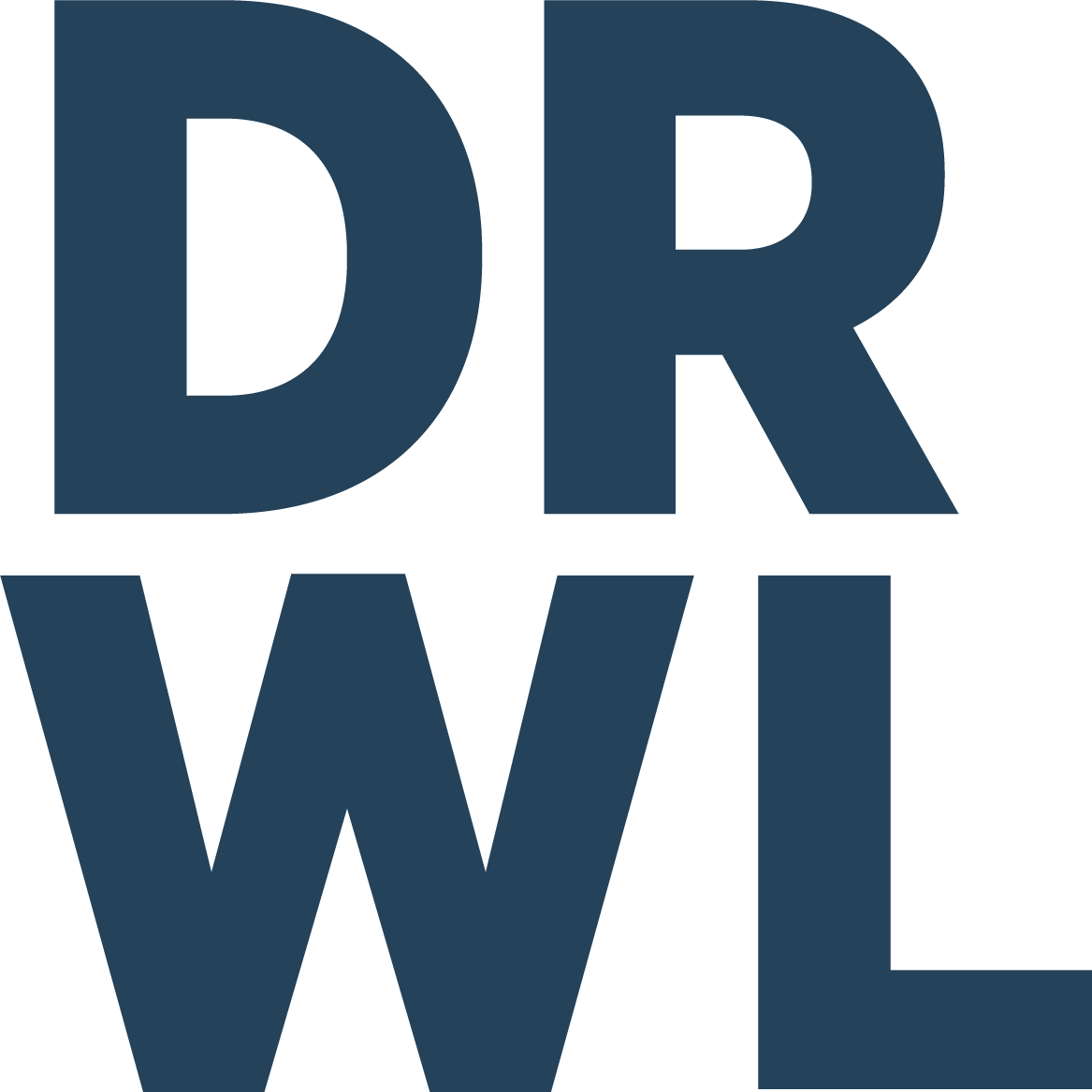Are neurodiversity hiring initiatives working?
At the beginning of 2020, Marcia Scheiner, President and Founder of Integrate Autism Employment Advisors (formerly Asperger Syndrome Training & Employment Partnership), released a comprehensive and revealing report in Autism Spectrum News analyzing the impact of top Fortune 500 companies' efforts to employ and engage neurodivergent talent.
The results were eye opening.
Whereas an estimated 50 large U.S. employers have publicly launched hiring initiatives specifically targeted to autistic and neurodivergent talent in the past two to four years, four companies have achieved the highest hiring numbers: SAP, JPMorgan Chase, Microsoft, and EY.
Let's take a look at the data:
SAP
Program launched: 2013
Employees in program: 160+
Roles: 28
Countries: 13
Retention rate: 92%
JPMorgan Chase
Program launched: 2015
Employees in program: 155+
Roles: 40+
Countries: 8
Retention rate: 95%
Microsoft
Program launched: 2015
Employees in program: 100+
Roles: Technology roles
Countries: 1
Retention rate: 92%
EY
Program launched: 2016
Employees in program: 80+
Roles: Artificial intelligence, cybersecurity, data analytics, emerging technologies, etc.
Countries: 1
Retention rate: 90%+
While these numbers are impressive, it is important to remember: in 2013, SAP announced that it hoped to have 1 percent of its workforce be made up of autistic employees by 2020. As of its most recent reporting, SAP currently employs 160 autistic individuals, a mere 0.16% of its staff worldwide.
What prevented these numbers from being higher?
While the autism incidence rate has increased--in 2013, 1 in 88 individuals were diagnosed with autism; today, it is 1 in 59--the type of jobs available in these hiring programs are not necessarily representative of the interests or skill sets of today's neurodivergent talent.
Nearly all of the jobs that SAP, JPMorgan Chase, Microsoft, and EY hire for are in the technology fields; however, not all autistic adults have the experience or skills necessary to fill these types of roles.
According to data from Integrate, of the 213 autistic young adults attending their Employer Connect job skills/networking program, only 33 percent had or were working towards a degree in a STEM field. In fact, program participants represented many career fields, including Humanities (23%), Communications/Media (18%), Business/Finance/Economics (10%), Social Sciences (8%), and Arts/Design/Media (8%).
Scheiner sums it up well: "Six years into these efforts, the unemployment rate for autistic individuals has not improved. Our system for connecting autistic jobseekers with employers needs to be re-imagined making it easier for them to connect, and for employers to understand the many roles neurodivergent employees can fill in their organizations."
For those who are looking to model their workplace's neurodiversity programs after these Fortune 500 company's hiring initiatives, it is important to ask yourself: are your position openings representative of the neurodivergent community's interests, talents, and skill sets, or have you pigeonholed your autistic talent to a singular field?
